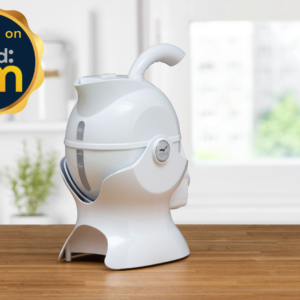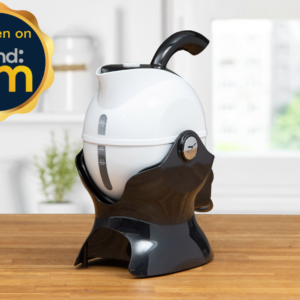As the days get colder and damper, many people living with arthritis notice their joints start to ache more than usual. It’s a common belief that changes in the weather can make arthritis pain worse – but is it true?
Let’s explore what the research says, why people feel this way, and what you can do to manage your symptoms.
Why People Connect Weather and Arthritis
If you live with arthritis, you’ve probably said or heard thinks like ‘’I can feel the rain in my knees’’ or ‘’My joints warn me when the cold is coming.’’
Many people with arthritis, especially the elderly, report that:
- Cold weather makes their joints stiff.
- Rainy or damp conditions increase swelling or pain.
- Sudden drops in temperature or pressure trigger flare-ups.
While experiences differ from person to person, the idea that the weather affects arthritis is widespread – and not without reason.
What the Science Says
Scientists have been studying the link between weather and arthritis pain for decades, but the results are mixes.
- Barometric pressure changes: When the air pressure drops (often before rain), it may cause tissues in the joints to expand slightly, creating more pressure and pain.
- Cold temperatures: Cold weather may thicken joint fluids and tighten muscles, leading to stiffness.
- Humidity: High humidity combined with cold may worsen pain perception.
A 2019 study by the University of Manchester in the UK found that people with arthritis reported more pain on damp, windy days with low pressure compared to dry days. This supports what many people already feel in daily life.
However, not all studies agree, and some researchers suggest the connection may be partly psychological – if you expect pain in bad weather, you might be more likely to notice it.
Practical Tips for Managing Arthritis in Changing Weather
Whether or not the weather directly causes pain, many people do feel worse during colder or wetter days.
Here are some way to stay comfortable and maintain your independence:
- Keep warm: Layer up with clothes, use blankets, or consider heated pads for sore joints.
- Stay active: Gentle stretching, walking, or swimming can keep joints flexible, even on damp days.
- Use supportive products: Daily living aids, such as easy-grip utensils, kettles designed for those with limited strength – like the Uccello Kettle, can reduce strain.
- Plan your day: If cold morning are harder, schedule activities for later in the day when your joints have loosened.
- Stay positive: Focusing on what you can do, rather than what you can’t, makes a big difference in wellbeing.
So, does weather affect arthritis? The truth is – for many people, yes. Science suggests that changes in temperature, pressure, and humidity may play a role, but personal experience often tells the strongest story.
The good news is that there are many ways to reduce discomfort and protect your independence, even on cold or rainy days. By combining self-care, the right supports, and a positive outlook, you can continue enjoying daily life, whatever the weather brings.














Leave a Comment